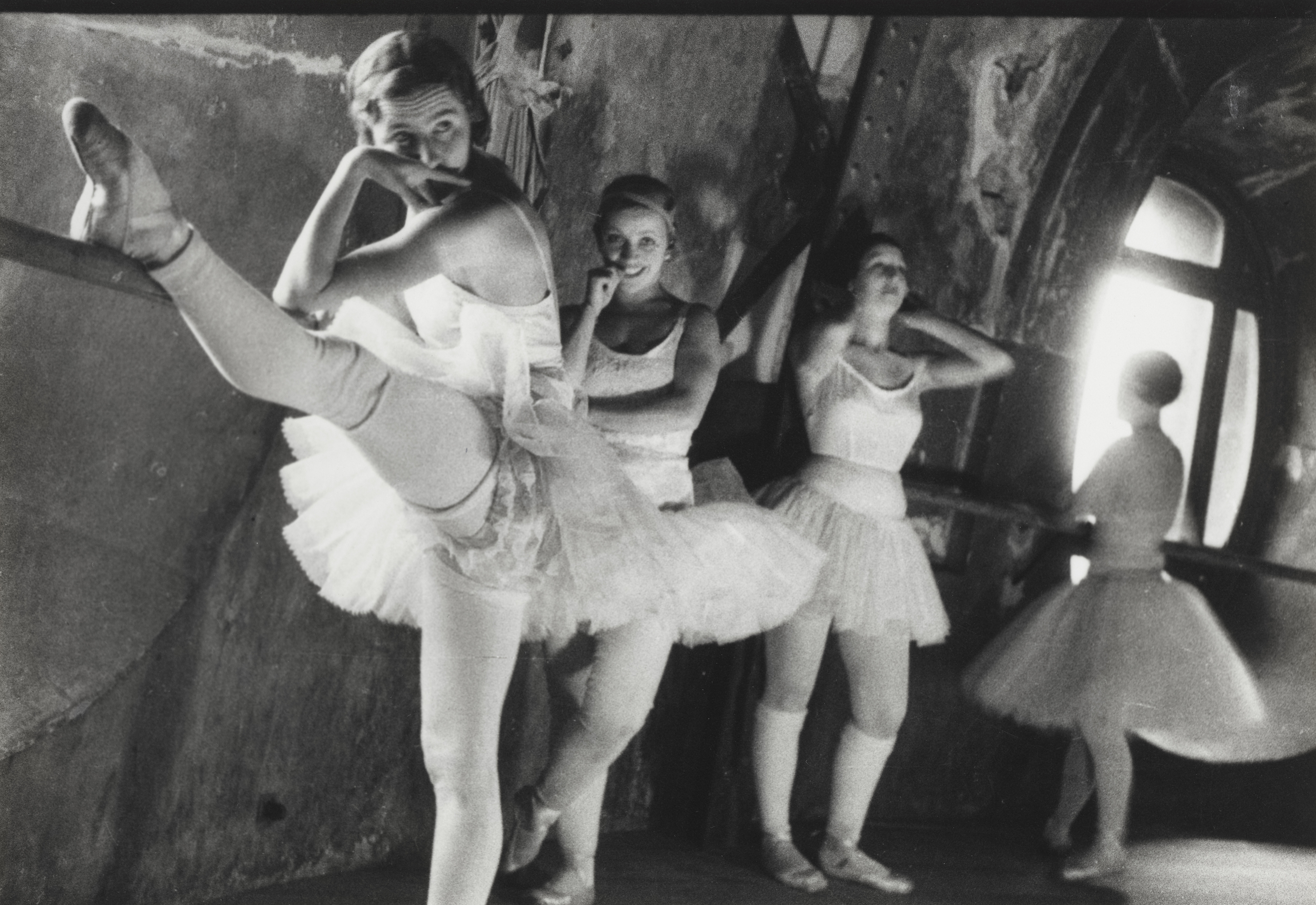Yale’s University Art Gallery and Beinecke Rare Book & Manuscript Library, and the Addison Gallery of American Art at Phillips Academy in Andover have acquired the archives of Lucien Aigner, a pioneer in the art of photojournalism during the 1930s.
Aigner belonged to the generation of groundbreaking photographers that included Robert Capa, Henri Cartier-Bresson, Alfred Eisenstaedt, and Erich Salomon. These artists embraced the introduction of 35mm film and fast, small, lightweight cameras, changing the face of photography through candid images that captured contemporary life with powerful immediacy, said George Miles, a senior curator at the Beinecke Library.
“Aigner combined pictures and text to tell stories about the world around him, but he also created remarkably singular images that transcend time,” said Miles. “It’s fair to see Aigner’s approach to photography as a precursor of that taken by Robert Capa, Henri Cartier-Bresson, and their colleagues in founding Magnum.”
Consisting of tens of thousands of negatives and thousands of prints and contact sheets, this rare and comprehensive collection is made all the more unique by Aigner’s extensive writings that accompany virtually every image or series of images and explain the circumstances under which they were shot, and often the current events that surrounded the photo shoot, said Miles.
Born in Hungary in 1901, Aigner began his career as a reporter, before becoming a photojournalist for Az Est, a Budapest daily newspaper. He moved to Paris at the age of 25 and established himself as an enterprising photojournalist — and early user of
the Leica camera — whose pictures of world leaders and events, as well as the city and its people, appeared in prominent photo-journals such as Vu, Picture Post, and Life.
In 1939, before the German invasion of France, Aigner immigrated to the United States, where his work appeared in such publications as The New York Times, The Christian Science Monitor, Look, Coronet, and Pageant. He joined the Voice of America in the late 1940s, working as an announcer, producer, and director there until he lost his job during the McCarthy Era in the 1950s. For the next 20 years
or so he operated a portrait studio in Great Barrington, Mass.
In 1970, Aigner rediscovered a suitcase that — having survived WWII occupation —contained approximately 50,000 of his 1930s negatives. Several years later, the photographer closed his portrait studio to focus on the cataloguing and indexing of his collection of over 100,000 negatives. Following his death in 1999, Aigner’s family continued to catalogue, research, and care for this vast collection.
Considering himself as much a journalist as a photographer, Aigner paired text and pictures to describe a range of themes, from European cafés to American prisons; from Bastille Day celebrations in Paris to amusement rides in Coney Island; from rehearsals at the Paris Opera Ballet to street life in Harlem. Documenting major European and American political and cultural events, Aigner’s archive includes portraits of world leaders and celebrities including Louis Armstrong, Josephine Baker, Winston Churchill, Albert Einstein, Adolf Hitler, Benito Mussolini, Sara Delano Roosevelt, and Haile Selassie, among numerous others.
While the majority of the collection will be housed at the Beinecke Library, a broad selection of photographs from Aigner’s wide range of themes and subjects will become part of the Addison Gallery’s and the Yale University Art Gallery’s permanent collections.
Jock Reynolds, the Henry J. Heinz II Director of the Yale University Art Gallery, said the three-way institutional sharing will keep Aigner’s work widely accessible for scholarship, exhibition, and publication.
“We are especially grateful to Stephen C. Sherrill, a 1971 graduate of Andover and 1975 graduate of Yale, along with his wife, Katherine, for offering the generous gift of funds that made this acquisition possible along with a partial gift from the Aigner family,” Reynolds said.
With this acquisition, the Addison and Yale become the largest repositories of Aigner’s work.
